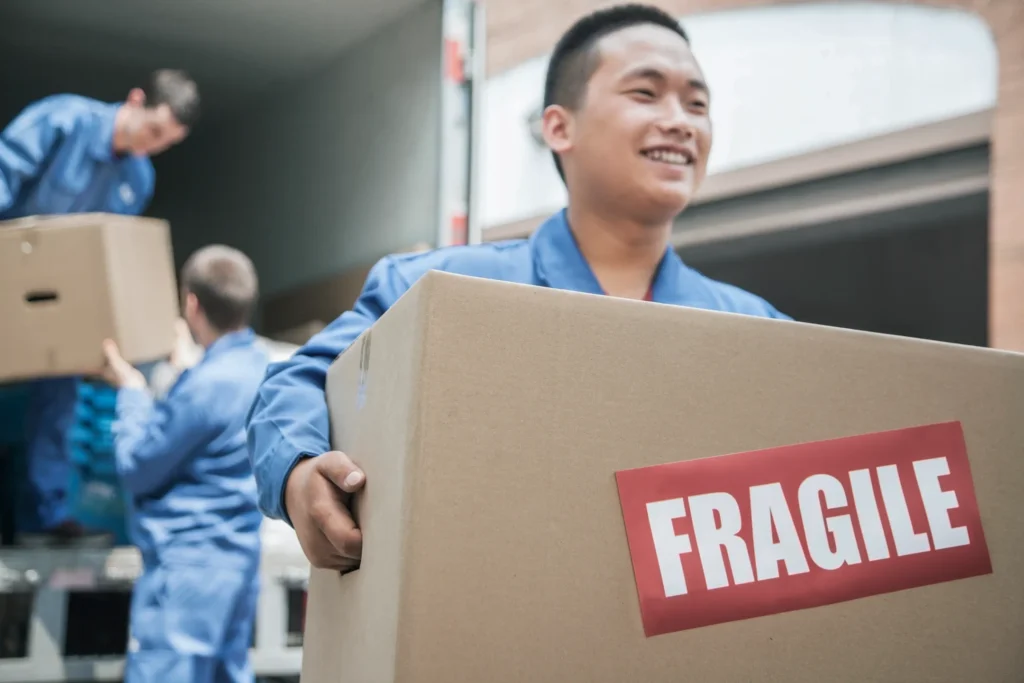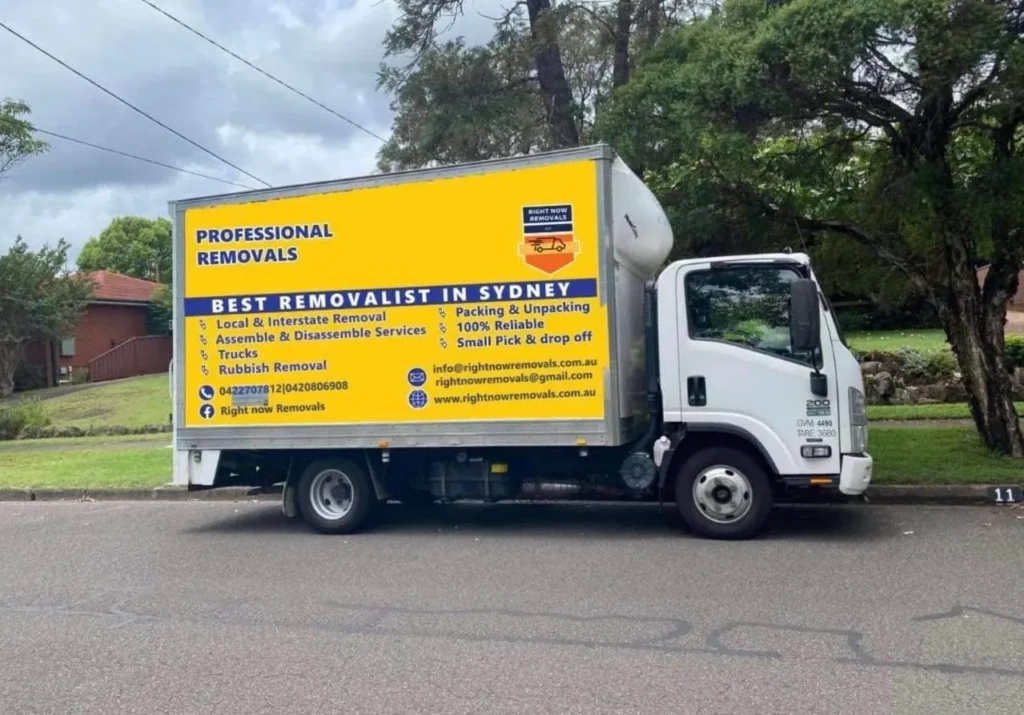Introduction to Packing Fragile Items
Packing fragile items requires attention to detail and the right techniques to ensure that your valuables reach their destination safely.
Understanding the Importance of Proper Packing
Proper packing is essential to protect fragile items from damage during the moving process. It involves more than just wrapping—it’s about ensuring that items are secured against shifts and shocks that occur during transport.
Common Fragile Items in Households
Commonly packed fragile items include glassware, ceramics, electronics, artwork, and mirrors. Each requires specific packing strategies to safeguard against breakage.
Essential Packing Materials for Fragile Items
Selecting the right packing materials is crucial for the protection of your fragile items.
Types of Protective Materials
Bubble wrap, packing peanuts, foam sheets, and sturdy boxes are essential for protecting fragile items. Each material serves a specific purpose and provides a different level of protection.
How to Choose the Right Materials
The choice of packing materials depends on the item’s fragility, size, and shape. Heavier items require more robust support, while delicate items need softer, more cushioning materials.
Step-by-Step Guide to Packing Fragile Items
Follow these steps to ensure your fragile items are packed securely.
Preparing Your Items for Packing
Clean and dry all items before packing to avoid moisture, which can lead to damage. Disassemble any parts if necessary to make packing easier and safer.
Techniques for Wrapping Different Fragile Items
Wrap items individually with bubble wrap, securing the wrap with tape. For extra protection, double-wrap the most delicate items.
Proper Use of Boxes for Fragile Items
Choose double-walled boxes for extra strength. Place heavier items at the bottom and lighter items on top, and fill any gaps with additional padding to prevent movement.
Special Considerations for Specific Fragile Items
Packing certain types of fragile items requires special attention.
Packing Electronics
Use anti-static bubble wrap for electronics to prevent static damage. Original boxes are ideal for packing electronics if you still have them.
Packing Glassware
Cushion each piece of glassware individually and fill hollow spaces, like the inside of a vase, with packing paper or foam.
Packing Artwork and Mirrors
Use painter’s tape to make an ‘X’ across glass surfaces to strengthen them and to hold together the pieces if it breaks. Wrap in bubble wrap and place in flat, mirror-specific boxes.
Securing and Labeling Packed Items
Proper sealing and labeling are essential for the safe transport of your fragile items.
How to Seal and Secure Boxes
Use high-quality packing tape to seal the top and bottom seams of boxes. Tape across the middle of the box and down the sides to form a ‘H’.
Importance of Labeling for Safety and Efficiency
Label each box with “FRAGILE” and “THIS SIDE UP” to ensure careful handling and correct positioning.
Loading and Transporting Fragile Items
How you load and transport your items can make a significant difference in their safety.
Tips for Safe Transportation
Pack fragile items into the moving vehicle last, so they are on top and not crushed by heavier items. Ensure they are not able to move or shift during transit.
Positioning Fragile Items in a Moving Vehicle
Place boxes containing fragile items between softer items, like bags of clothes or linens, for added protection during bumps or turns.
Unpacking Fragile Items at Your New Location
The final step in the moving process is unpacking your fragile items safely.
Best Practices for Unpacking
Unpack fragile items one at a time, carefully removing the outer wrapping and checking for any signs of damage.
Inspecting Items After the Move
Inspect each item as you unpack. If you notice any damage, document it with photos for insurance purposes.
FAQs About Packing Fragile Items
Here are some frequently asked questions about packing fragile items.
What are the most common mistakes in packing fragile items?
One common mistake is not using enough padding or wrapping material, leading to movement and potential damage during transport.
How can I reuse packing materials?
Most packing materials, like bubble wrap and packing peanuts, can be stored and reused for future moves or storage needs.
Conclusion
Packing fragile items correctly is crucial for ensuring they survive a move without damage. By following these expert tips and tricks, you can protect your valuable and delicate belongings throughout the moving process.




